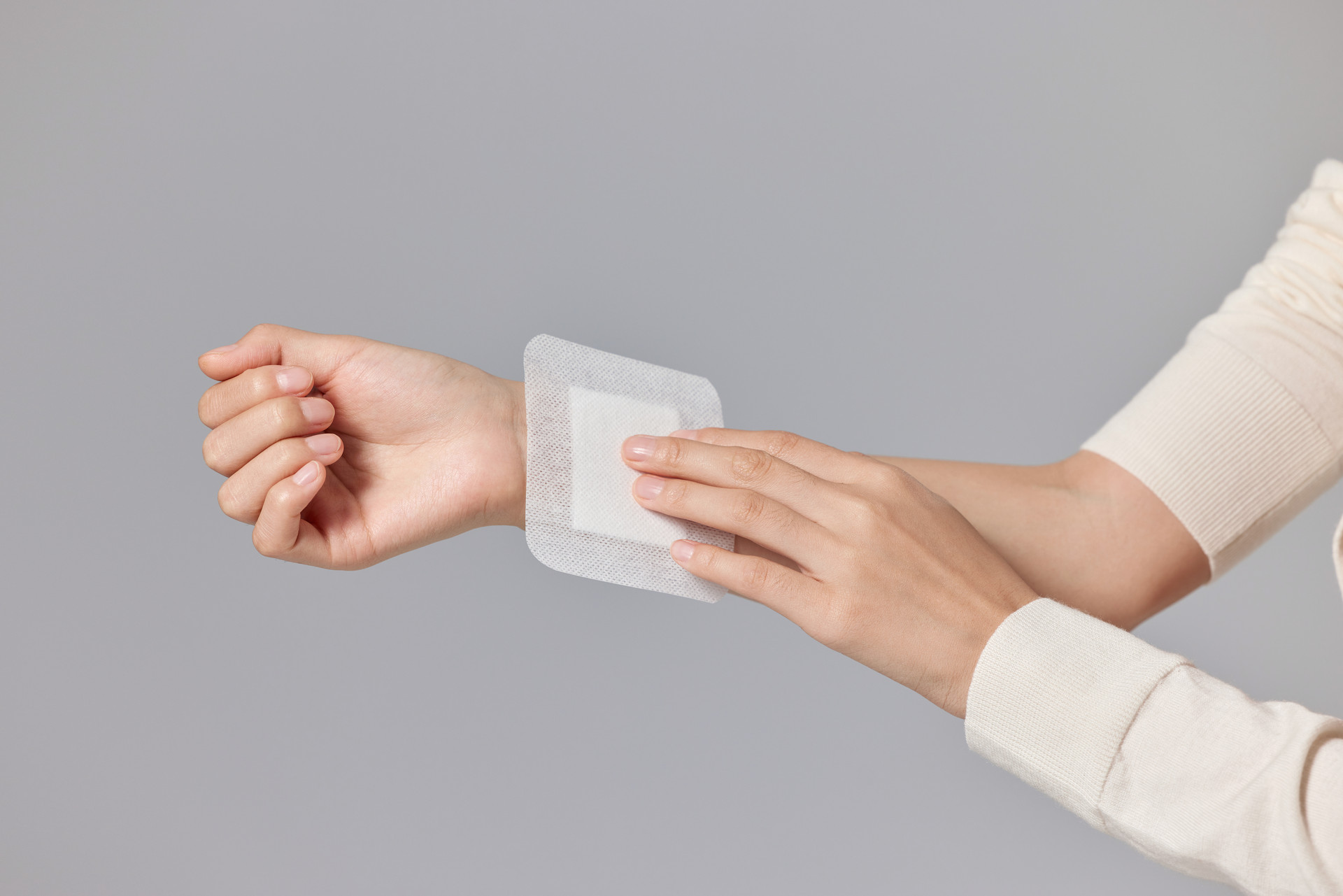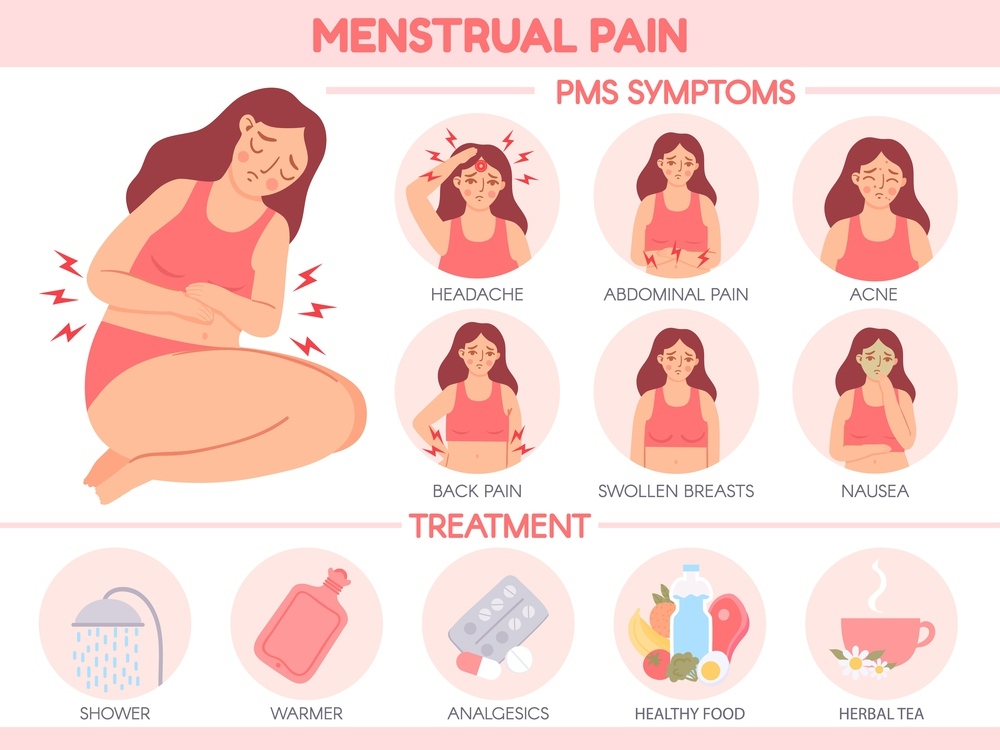Starting anything is difficult, and breastfeeding is no exception. Mastering the correct breastfeeding positions and techniques can help new mothers avoid many challenges.
Breastfeeding Positions
To successfully breastfeed, it is important to start with the right breastfeeding position. There are generally four positions:
1. Semi-reclining position
In the first few days after giving birth, sitting up may be difficult for mothers. In this case, the semi-reclining position is most suitable. The baby lies across the mother's abdomen, with pillows supporting the mother's back, allowing her to recline at an angle.
2. Football hold
This position is particularly suitable when breastfeeding twins or when another child wants to cuddle with the mother. The baby lies in the mother's arm, with the buttocks positioned towards the mother. A soft cushion can be used for support, and the mother's forearm should support the baby's back. The mother's body should lean slightly forward to bring the baby closer to the breast. Once breastfeeding starts, the mother can relax and lean back. This position allows the baby to suckle from the lower part of the breast.
3. Cradle hold
The cradle hold is the most commonly known breastfeeding position. The baby's head rests on the mother's arm, with the abdomen facing inward. The mother's hand supports the baby's buttocks, facilitating body contact. Using a soft cushion or armrest to support the arm prevents the muscles from tensing due to raised shoulders. When using this position, elevating the feet can help the body relax, such as placing them on a footrest.
4. Side-lying position
This position can be used at night or when the mother wants to relax. Both the mother and the baby lie on their sides on the bed, with their abdomens facing each other, aligning the baby's mouth with the nipple. The mother's arm and shoulder should rest flat on the mattress, with only the head supported by a pillow. The mother can use a rolled-up towel or similar item to support the baby and maintain the same position.
Breastfeeding Techniques
To ensure successful breastfeeding, new mothers must learn the correct breastfeeding techniques, particularly the proper latch-on method. The correct latch-on involves the baby's mouth fully encompassing the nipple and areola.
1. Stimulate the baby's lips with the nipple
Once both the mother and baby are in a comfortable position, the mother can gently stimulate the baby's lips with the nipple until the baby opens their mouth wide, similar to yawning. It is recommended to touch the baby's nose with the nipple and gradually move it down to the baby's upper lip, encouraging the baby to open their mouth wide and latch onto the nipple. This prevents the baby from sucking on their lower lip during breastfeeding.
If the baby still refuses to open their mouth wide, a small amount of colostrum can be squeezed onto the baby's lips to encourage them to open their mouth. If the baby turns their head away, gently stroke their cheek to bring their head closer to the breast. The instinctual sucking reflex of newborns will cause the baby to turn towards the mother's nipple.
2. Latching on
Once the baby opens their mouth wide, bring the baby closer to the mother. The mother should not move her breast towards the baby's mouth or push the baby's head towards the breast.
3. Checking the latch-on
The correct latch-on is indicated by the lips protruding outward (like a fish's mouth) rather than retracting into the mouth.
The mother should also check if the baby is sucking on their lower lip. By gently pulling the lower lip, the mother can determine whether the baby is sucking on their lower lip or tongue. If the baby is sucking on their tongue, the mother should use her finger to stop the sucking and move the nipple away. To ensure that the baby is effectively nursing rather than ineffectively sucking on the nipple, the mother should observe if the baby has a continuous strong sucking motion and a rhythmic pattern of swallowing and breathing.
Once the baby's cheeks, chin, and ears show rhythmic coordinated movements, the mother will feel the milk flowing from the nipple and hear the baby swallowing (or occasional coughing) in a rhythmic pattern. If the baby's latch-on position is correct, there should be no nipple pain during breastfeeding (excluding cracked nipples or breast infections).
4. Leave room for the baby to breathe
After the baby latches onto the nipple, if breast tissue obstructs the baby's nostrils, the mother can gently press down on the breast tissue to allow the baby to breathe freely. Lifting the baby slightly can also provide some breathing space.
5. Ending the sucking
If the baby refuses to release the nipple after nursing, forcefully pulling the baby away can cause nipple damage. Instead, the mother should gently insert her finger into the corner of the baby's mouth to allow a small amount of air to enter, and swiftly and agilely place her finger between the baby's upper and lower gum ridges until the baby releases the nipple.








